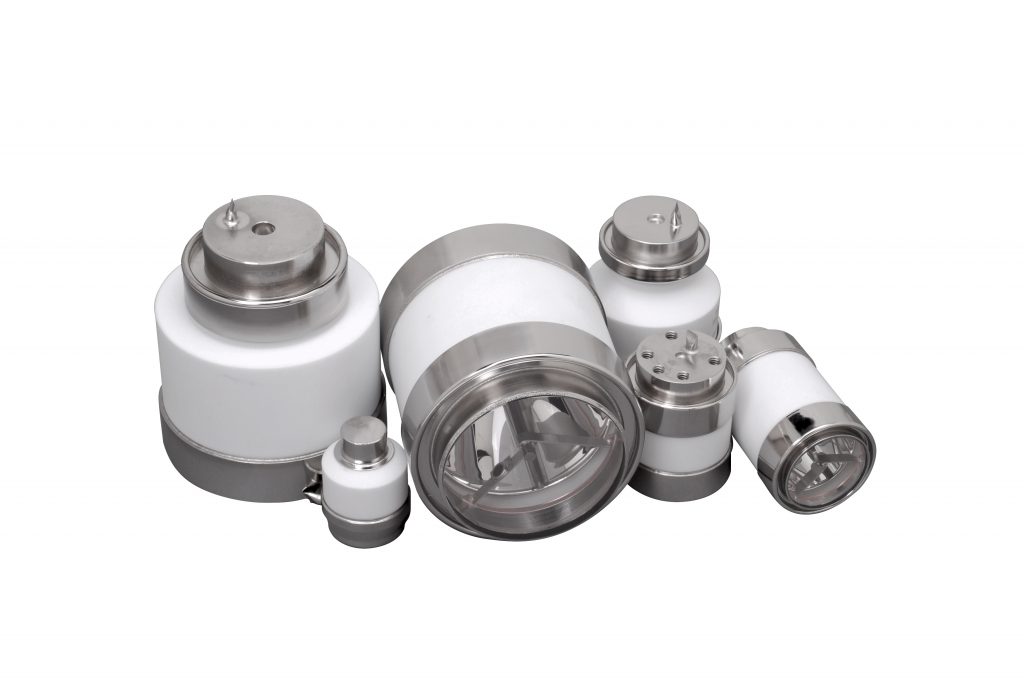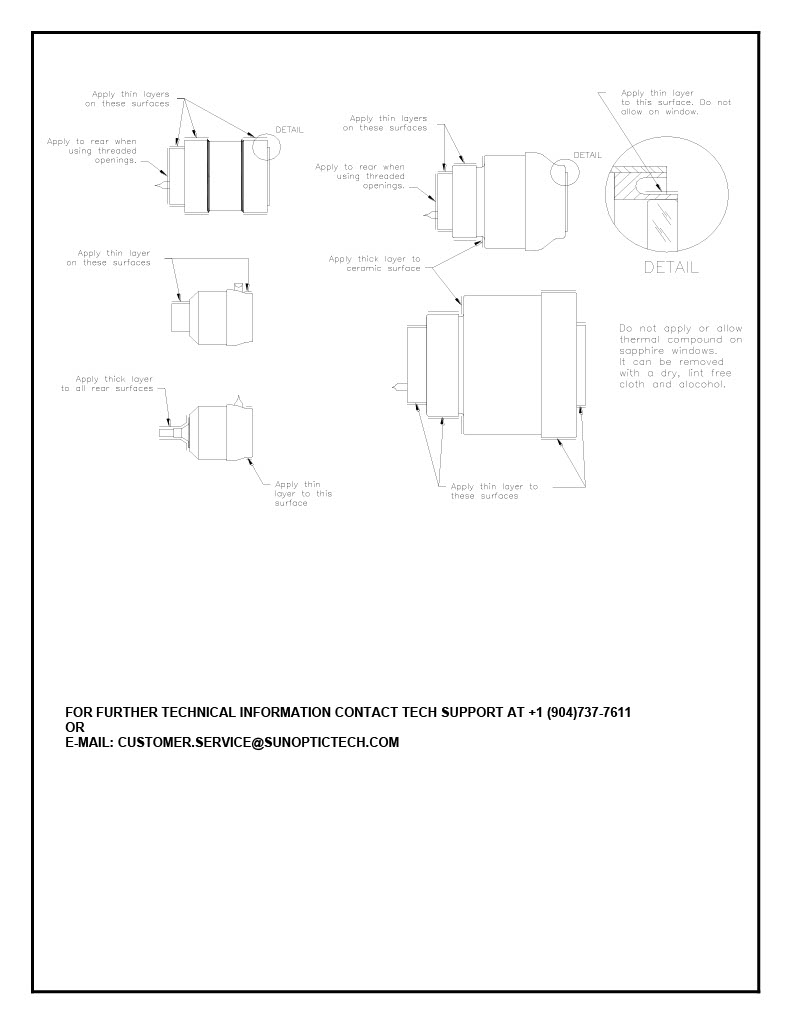Safety and Operating Hazards for CeraLux Lamps
Read all Safety and Operational Literature before handling and operating xenon lamps and power supplies. Proper use is the responsibility of all users of these lamps. The proper use and following of safe operating practices is the responsibility of the equipment manufacturer and end users of these products. These lamps should only be operated in accordance with proper operating instructions and within the specified limits. The operation of these lamps involves the hazards listed below. In the absence of safe operating practices, any of these hazards could result in injury.
LAMP SAFETY:
Explosion: Lamps are under high pressure, take necessary precautions when handling. Explosive mechanical hazards exist if the window or ceramic fractures. Safety glasses or face shields are recommended when handling.
Hot Surfaces: Lamp temperatures can reach several hundred of degrees Celsius and can cause burns if touched even after the lamp is turned off. Allow lamps to cool before touching or servicing.
IR and UV Radiation: The lamps produce infrared and ultraviolet radiation which can cause burns and eye damage. Do not look directly at operating lamps or the reflected light.
Ozone: Some lamps, designated by “UV” are designed to produce UV radiation and generate ozone, a toxic gas. Lamps that generate ozone, must be operated in a well-ventilated area. UV blocking eye protection should be worn during lamp operation.
High Voltage: Extremely high voltages are required for proper lamp ignition and can be deadly. Caution must be exercised around all circuits and wiring and input power must be disconnected from power sources before attempting any service to the lamp.
Pinch Off Seal: Each lamp has a pinch off seal that is very sharp and easily damaged. Care should be taken when handling lamps to not touch or damage this seal.
Disposal: Proper eye protection should be worn when handling lamps. Care must be taken due to the sharp pinch-off tube on the rear of the lamp. When the lamp has cooled to room temperature, the internal pressure of the lamp may be relieved by opening the pinch-off tube with pliers. Once the gas escapes, the lamp may be disposed of.
OPERATION:
1. Lamps should not be operated with window facing upwards. Keep centerline of lamp oriented to within 45° of horizontal.
2. Lamps must be operated within stated current and voltage ranges. Overpowering can lead to electrode wear, shortened life and operating hazards. Underpowering may lead to instability and problems with ignition.
3. Assure proper polarity of power source when making electrical connections. Failure to do so will render the lamp useless.
4. Lamp seal temperatures should not be allowed to exceed 200° C. Lamps should be mounted in suitable heat sinks or other means to maintain lamp temperatures within specified ranges. Proper cooling will provide optimum performance and extended life.
5. A suitable thermal compound should be used between the lamp and all mating parts. CUDA Surgical provides an appropriate compound with each lamp. The compound should be used to fill the air gaps, thus reducing the thermal impedance. A thin coat should be applied to the mating surfaces of the lamp and heatsinks. Thicker layers should be used where the ceramic meets the heatsinks. Reference the supplied figures on page 2 for further details of proper application. Care should be taken to not apply compound to the window of the lamp. It can be removed with a dry, lint free cloth and alcohol.


